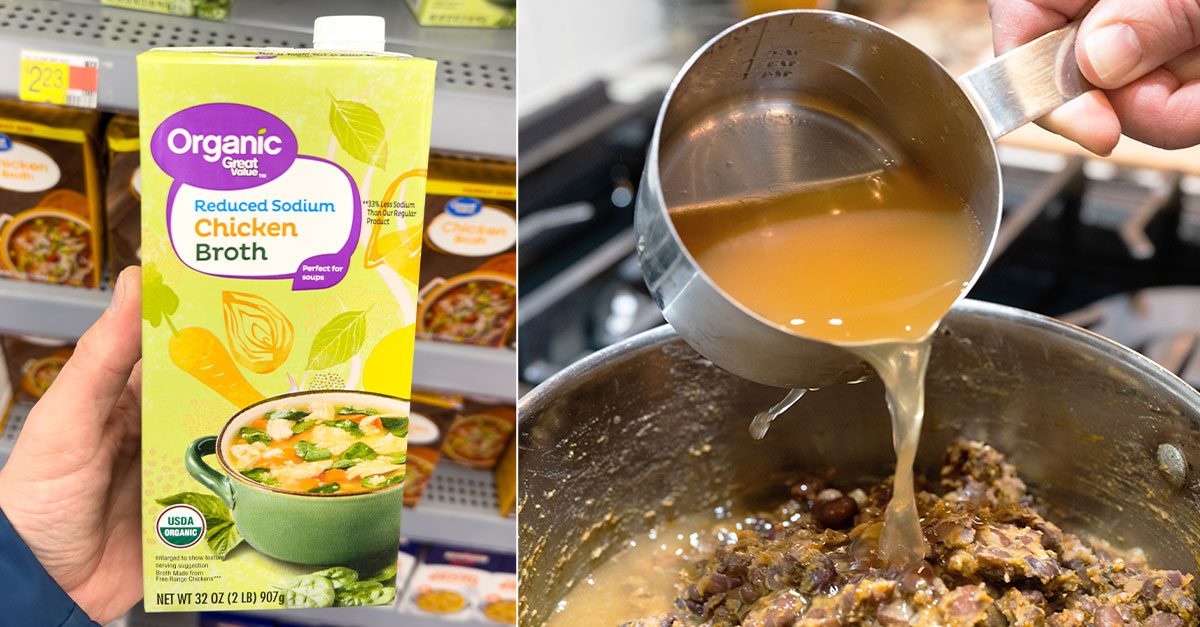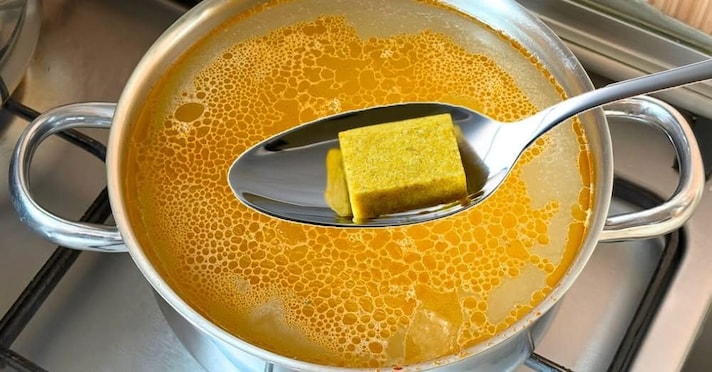What’s Really in Store-Bought Chicken Stock? Ingredients, Safety & Smart Alternatives
Store-bought chicken stock is a convenient kitchen staple, perfect for adding flavor to various dishes. However, it often contains added sodium, preservatives, and flavor enhancers. While homemade stock offers more control and deeper flavor, store-bought options can still be a quick, reliable choice. Learn about its ingredients, nutritional value, and how it compares to vegetable stock.
;Resize,width=742;)
Ever grab a carton of chicken stock and wonder what’s actually in it?
It’s a kitchen shortcut we all rely on—perfect for soups, risottos, gravies, and more—but how healthy is it, and what’s really floating in that savory golden liquid? Let’s dive into what goes into store-bought chicken stock, how it compares to vegetable stock, and whether it’s safe for everyday use.
What Is Store-Bought Chicken Stock?
Store-bought chicken stock is a convenient liquid base made by simmering chicken bones, meat, vegetables, and herbs in water. The liquid is then strained, seasoned, and packaged, ready to pour into recipes. It’s a staple in most kitchens for adding quick, rich flavor without spending hours at the stove.
Most store-bought versions contain chicken stock or concentrate, a mix of vegetables like carrots, onions, and celery, and a blend of herbs and seasonings such as thyme, bay leaf, and parsley. Salt is almost always added—and often in high amounts. Many brands also include yeast extract, which enhances savory flavor, and preservatives like citric acid or disodium inosinate to extend shelf life.
If you check the label, you’ll also likely see water as the first ingredient, followed by chicken fat, natural flavorings, and sometimes hydrolyzed protein (a flavor enhancer similar to MSG). Low-sodium options are available and are usually a better choice if you want more control over your dish’s saltiness.
What About Nutrition?
Nutritionally, chicken stock is low in calories and fat but can be high in sodium. A typical cup contains anywhere from 10 to 50 calories, 1 to 5 grams of protein, and up to 900 milligrams of sodium—nearly 40% of the daily recommended intake. That’s why opting for a low-sodium or no-salt-added version is a smart move, especially if you're using stock regularly in cooking.
Chicken Stock vs. Homemade: Is There a Big Difference?
In a word—yes. While store-bought stock is fast and reliable, homemade stock offers deeper flavor and full control over ingredients. Homemade versions typically skip preservatives and excess salt, and you can customize the flavor with whatever herbs or veggie scraps you have on hand.
Still, when time is short, store-bought stock is a solid option—just be mindful of what’s in it. Some premium brands like Kettle & Fire, Pacific Foods, and Kitchen Basics offer cleaner ingredient lists and richer flavor without artificial additives.

Is Chicken Stock Safe to Use?
Yes, store-bought chicken stock is generally safe for cooking and even sipping, as long as it's properly stored and not expired. Always check the expiration date and refrigerate after opening. If you’re watching your sodium intake, look for low-sodium versions or dilute regular stock with water.
Some people may be sensitive to ingredients like yeast extract or added flavor enhancers, especially if they’re avoiding MSG-like compounds. In that case, opt for organic brands or those labeled “no MSG added” and “free from artificial flavors.
What About Vegetable Stock?
Vegetable stock is a fantastic alternative for vegetarians, vegans, or anyone avoiding meat-based products. Made by simmering a blend of vegetables like carrots, onions, leeks, and mushrooms, it offers a lighter flavor and no animal fat. It’s also naturally cholesterol-free and often lower in sodium.
While it lacks the rich body of chicken stock (which comes from collagen in bones), you can enhance it with ingredients like dried mushrooms or seaweed for a deeper umami kick. Use it in risottos, soups, and sauces where you want a more neutral or plant-based base.
;Resize,width=767;)



